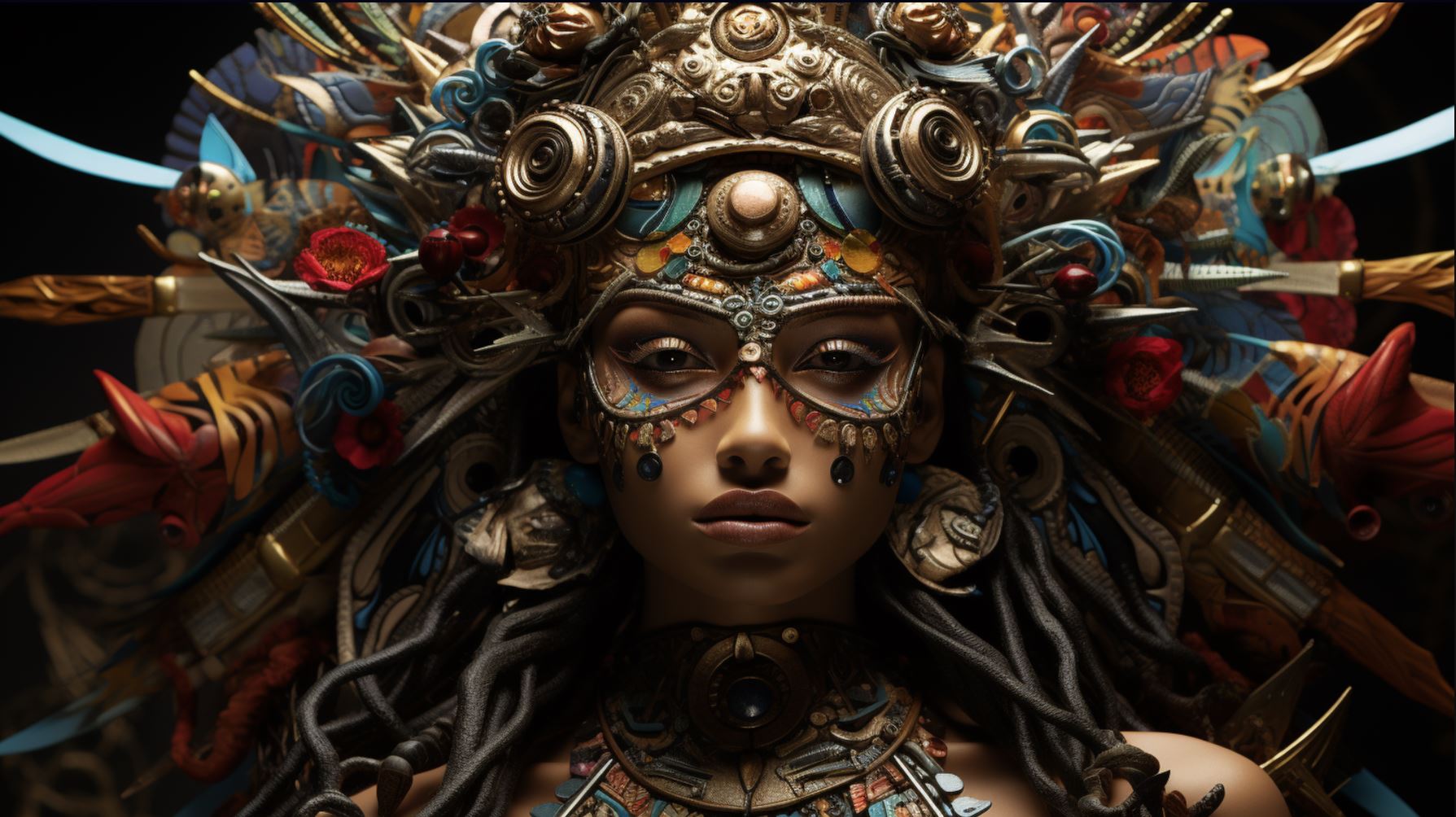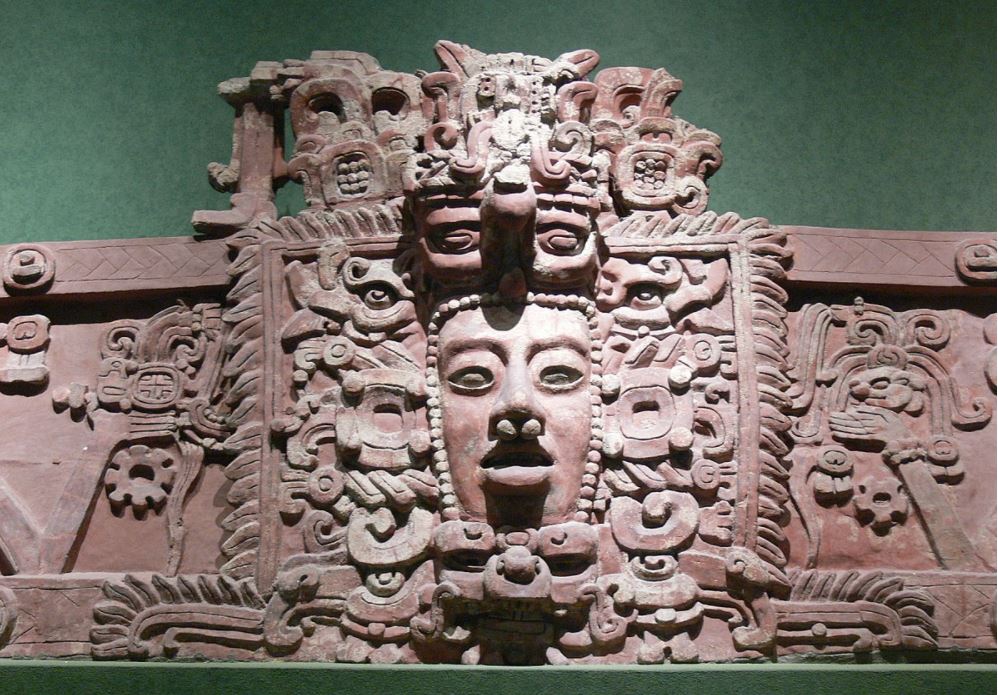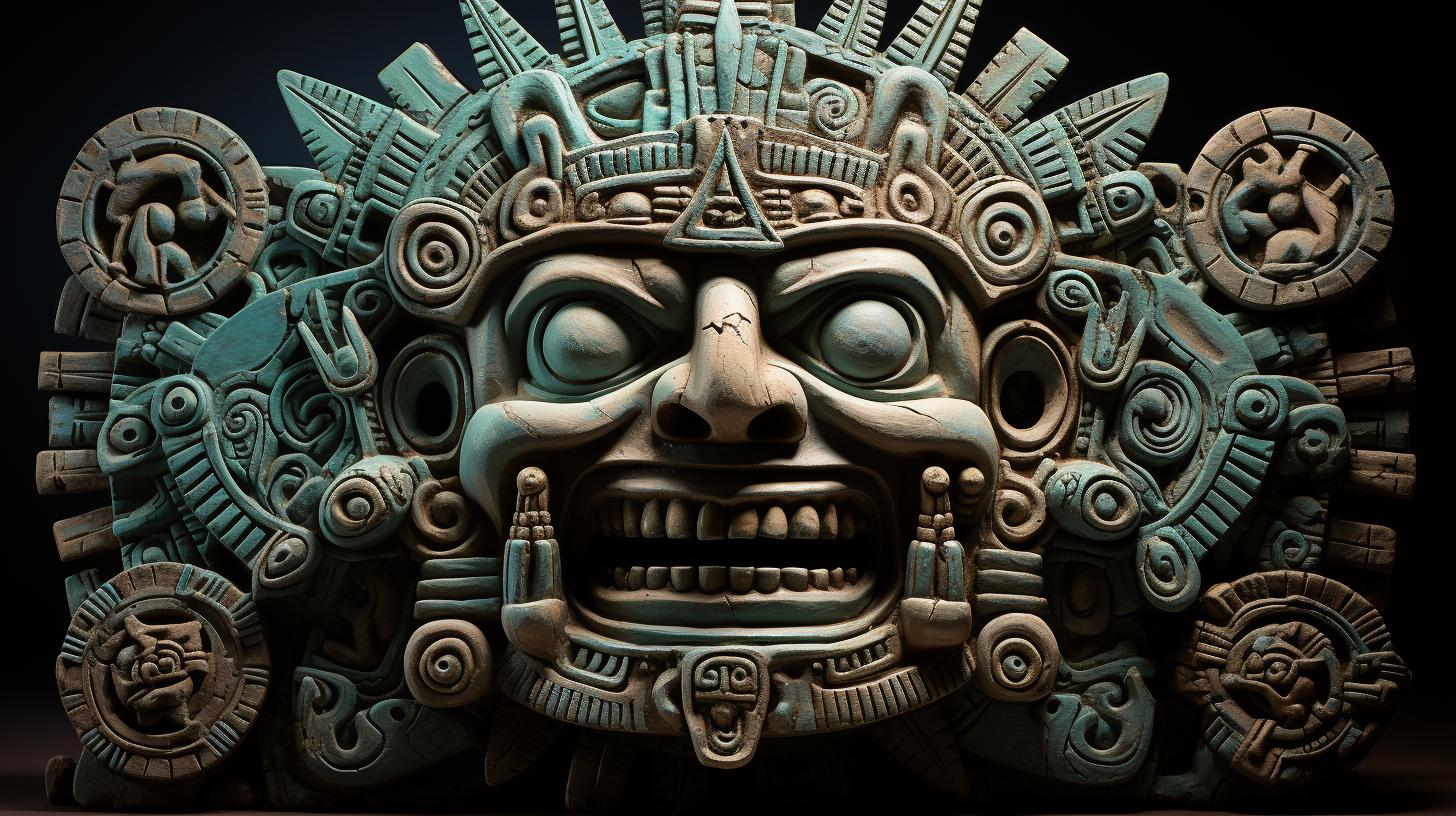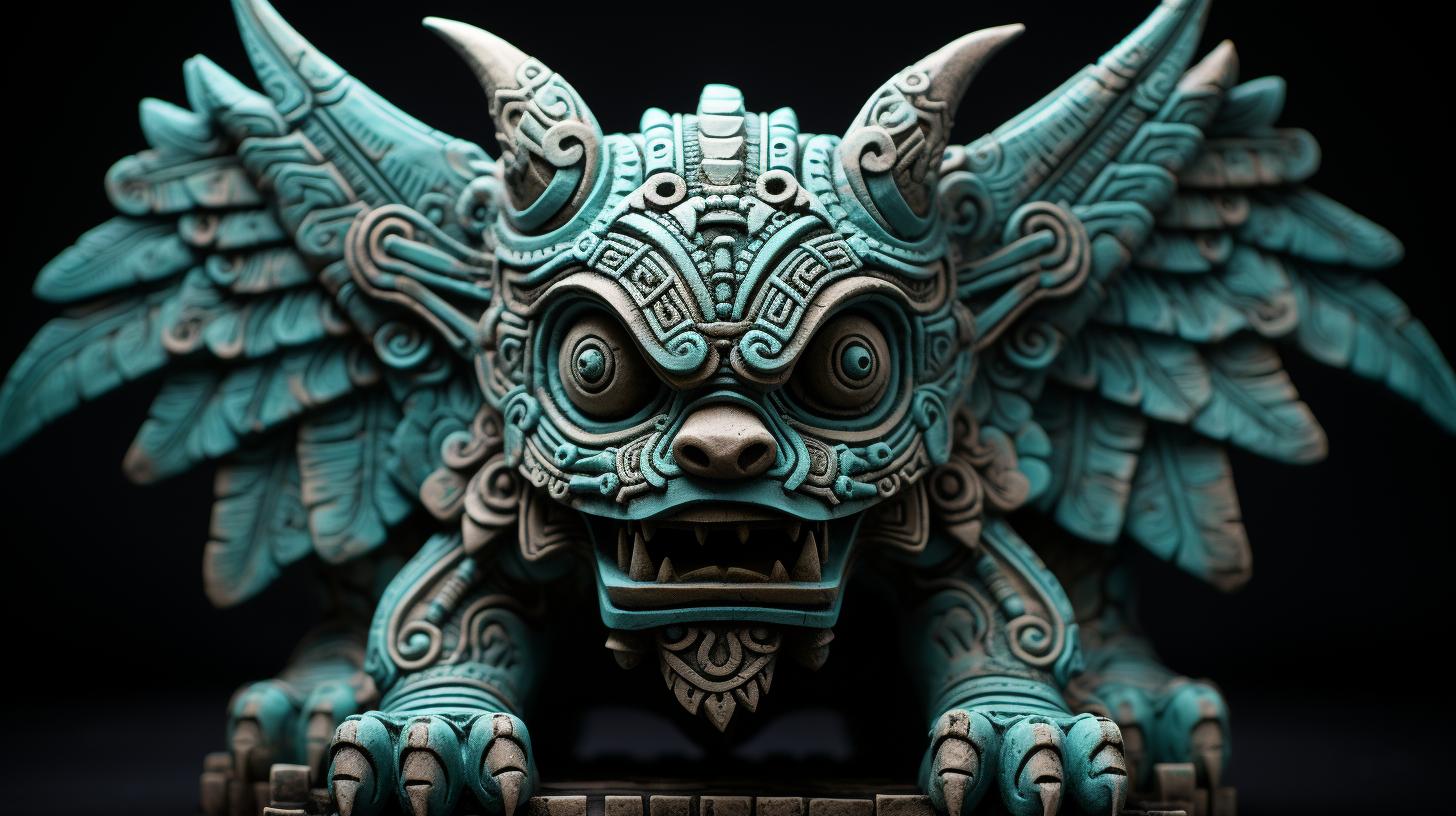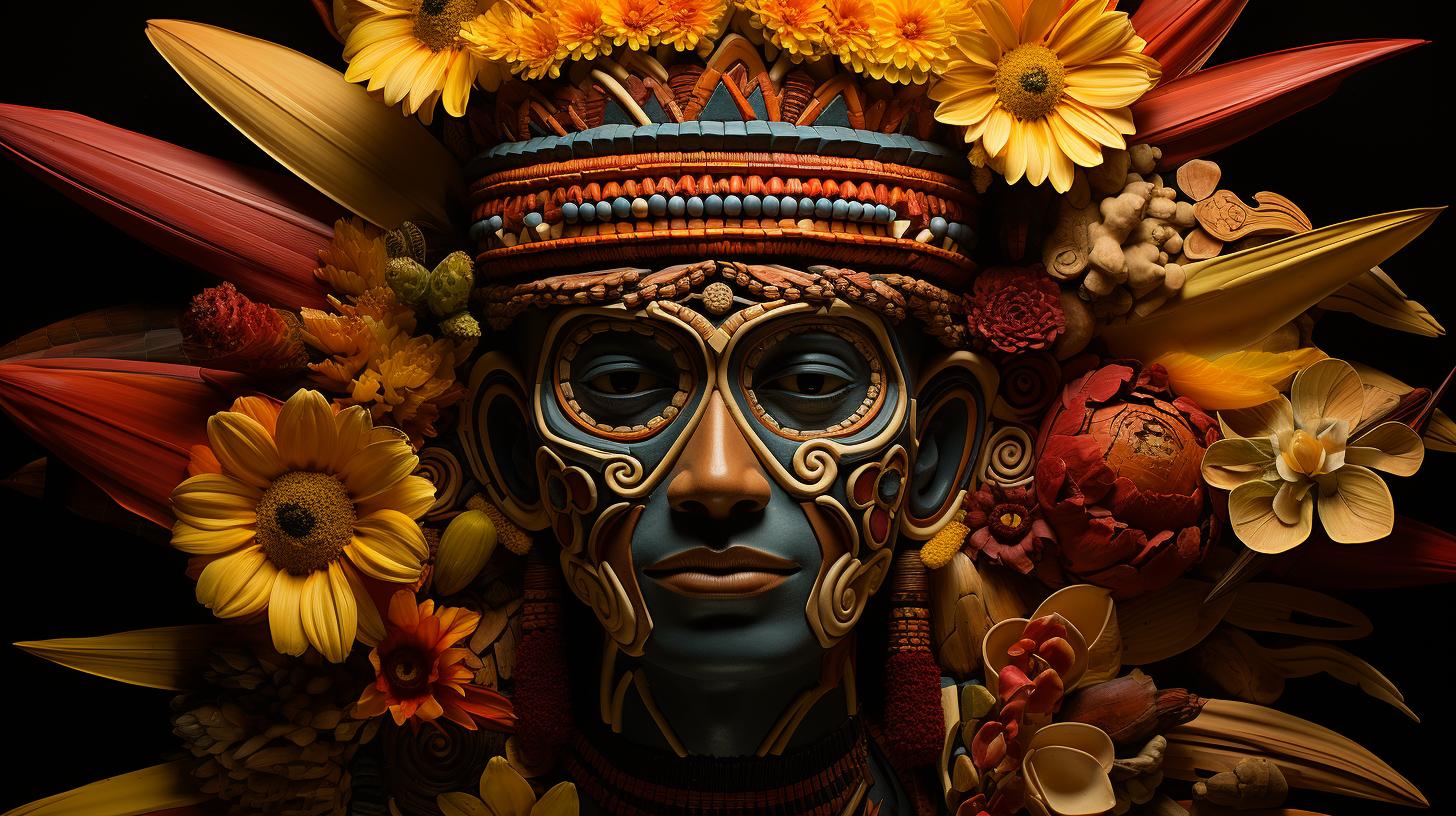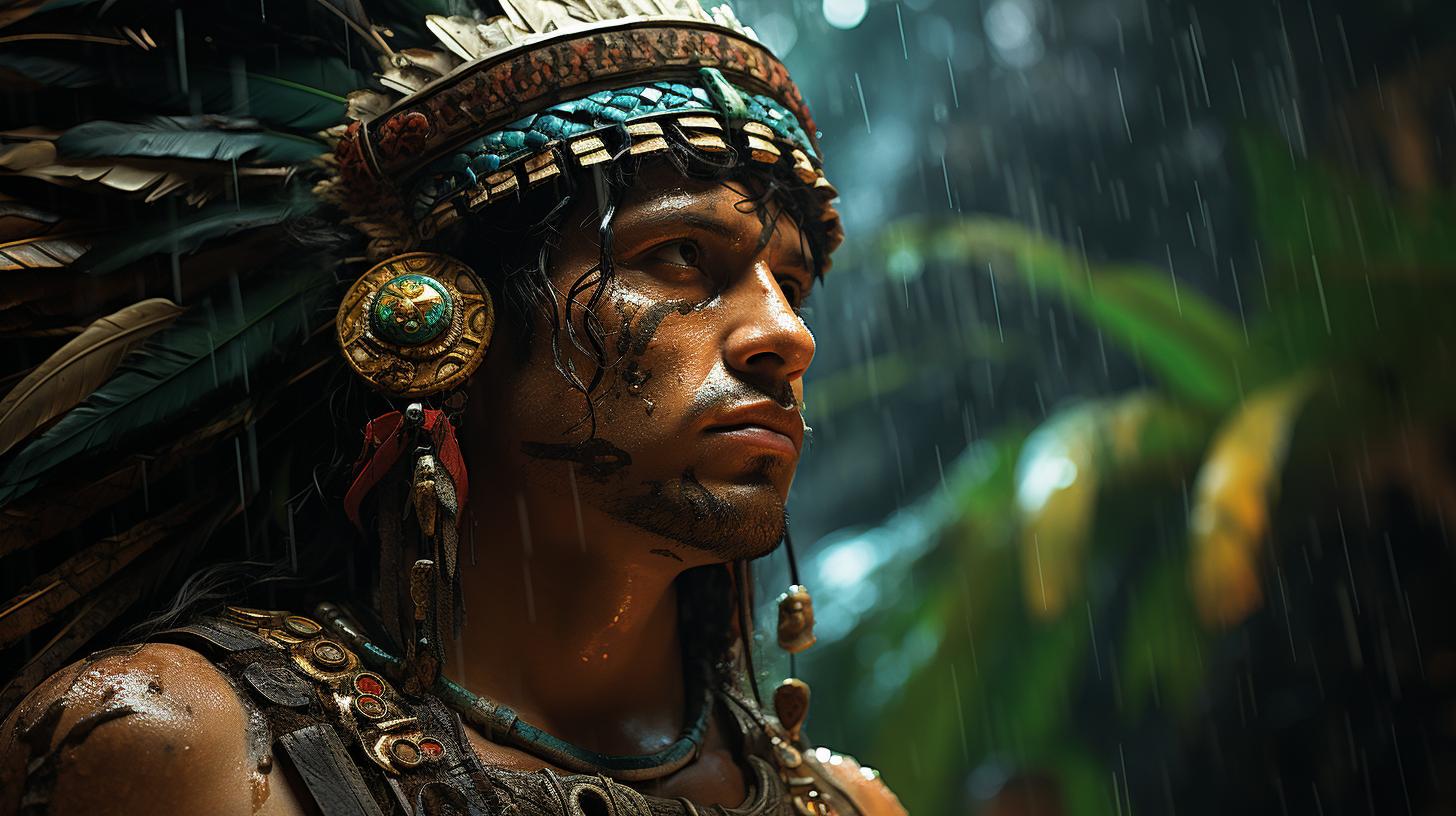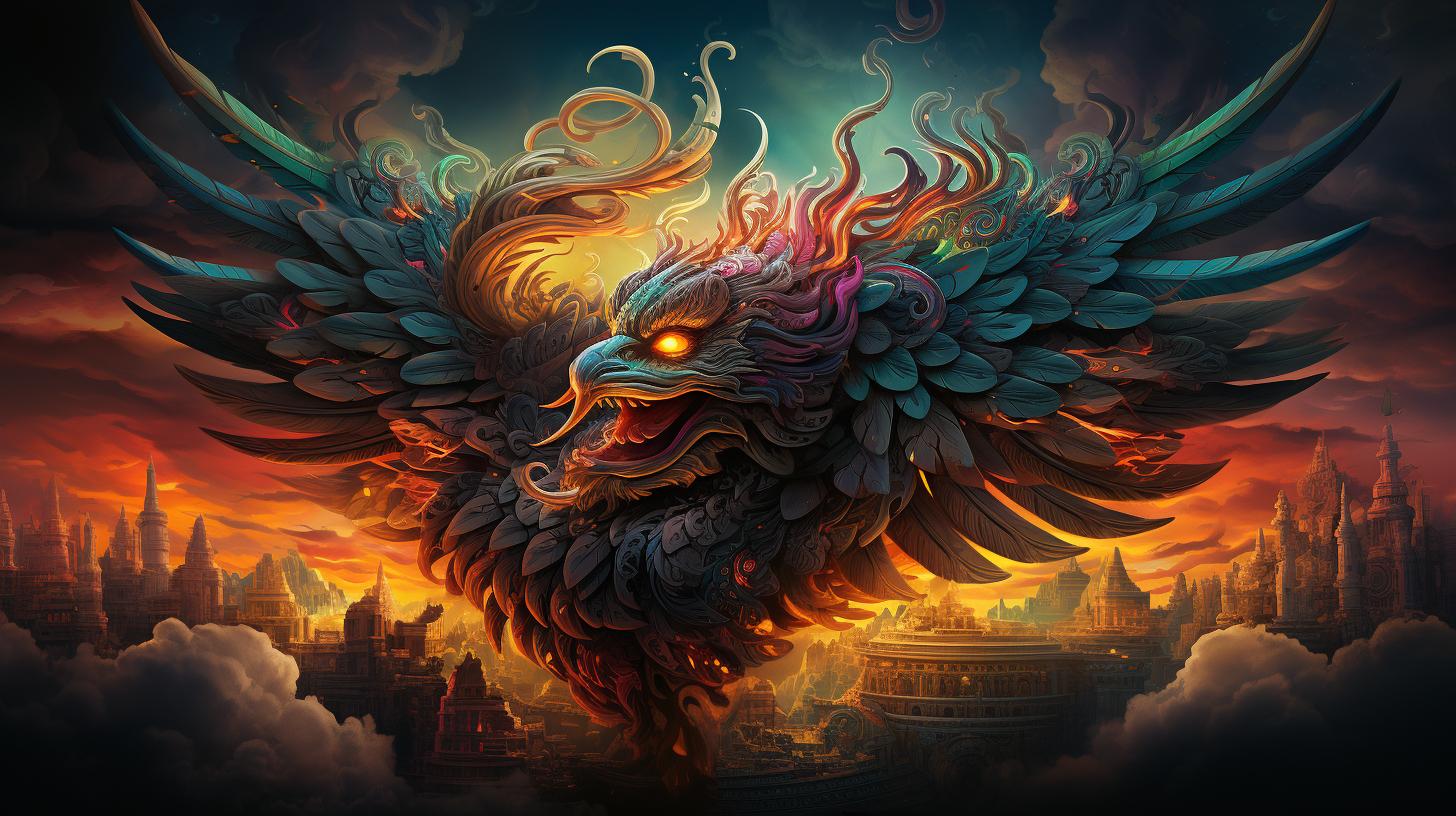The Mayan Goddess Ixchel of Medicine and the Moon
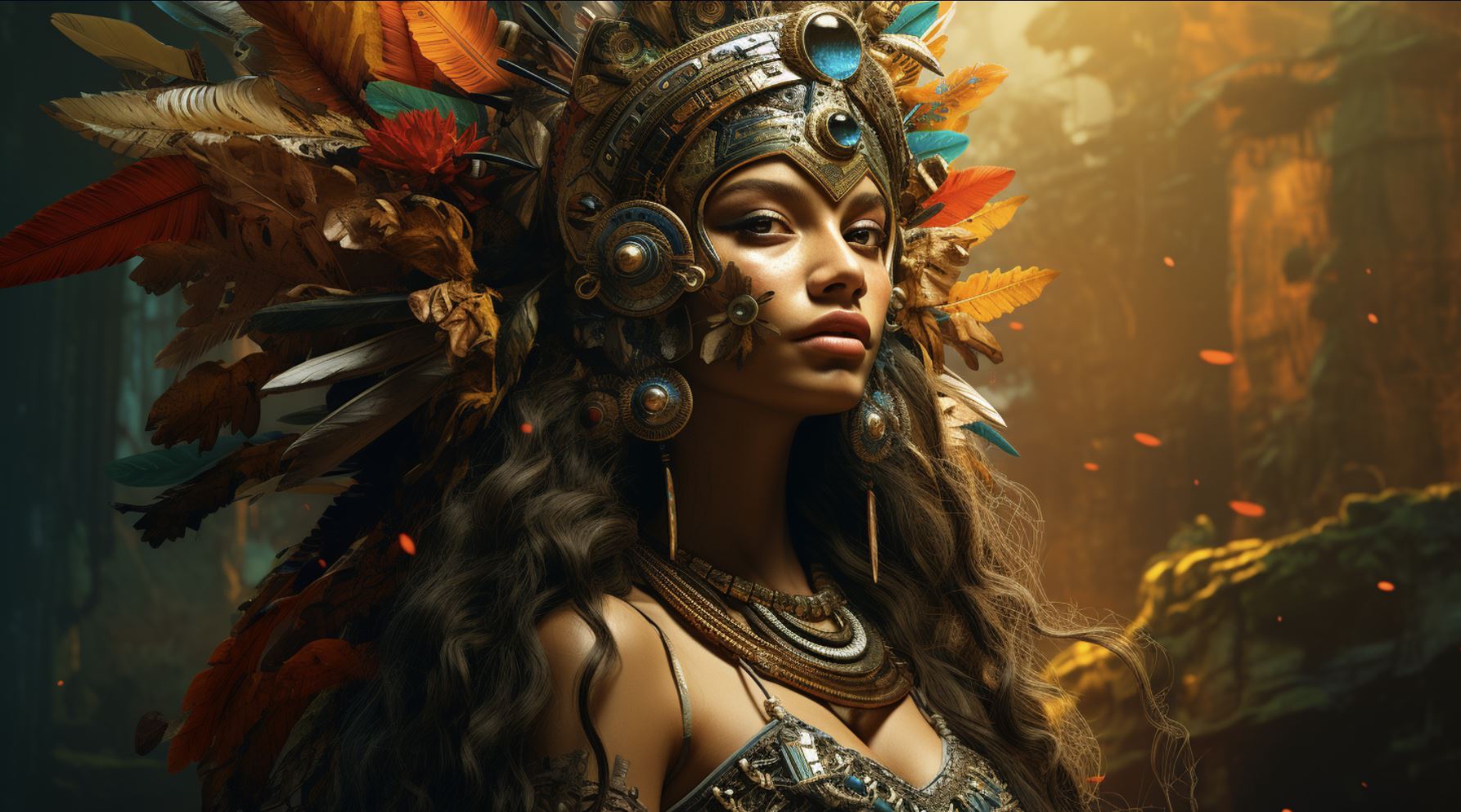
In the pantheon of the Mayan religion, the Mayan goddess Ixchel presided over a wide range of things.
She was the goddess of the moon and, since the cycles of the moon were used by Mayas to distinguish the periods when to plant from those when to harvest, she was seen as a fertility goddess, too.
What was Ixchel the goddess of?
As common in ancient religions, earth fertility was linked to human fertility, so she was considered to preside over pregnant women and childbirth.
Anyway, she was invoked for any issue related to health in general so that, reassuming her character in few words, we might consider her to be the goddess of medicine.
Mayan goddess Ixchel
Because of her link with gestation and health, the Mayan goddess Ixchel was associated with sweat baths, which the Mayas called temazcal: these were a sort of sweat lodges, i.e. huts where heat is produced so to make people inside it sweat.
The sweat happening inside the temazcal was seen as a purifying and a religious ceremony, rather than a relaxing way to spend one’s time, and as such was often offered to warriors after a battle or to women before and after childbirth.
Since sweat baths were believed to improve health, it is not surprising that the goddess of medicine was linked to them.
Mayan goddess Ixchel appearance
The Mayan goddess Ixchel was portrayed in many different ways.
Sometimes she was depicted as a young, fertile woman, and was therefore associated with the waxing moon; some others she was represented as an old matron, and then connected to the waning moon.
As a fertility goddess she was sometimes related to rain, and, consequently, was displayed pouring water from her arms and abdomen. In other representations, she weaves on a loom, a typical feminine occupation.
She was connected to the animal world, too: in the Dresden Codex, the Mayan goddess Ixchel has jaguar ears and, in many portraits, she has a snake on her head and claws in the place of hands and feet. Besides, she was often accompanied by a rabbit in portraits.
The Mayan goddess Ixchel was particularly worshipped during the month of the Mayan calendar known as Zip.
Meaning of Ixchel and Origin of the Name
The meaning of the name “Ixchel” is uncertain. Since its geographical origin is not exactly known, scholars are not sure about the language they should try to use to translate it.
If we suppose that the name originated in Yucatan, then we might connect it to the word “chel”, which meant “rainbow”. If this interpretation is correct, “Ixchel” might mean “rainbow woman”.
Also, her name was often rendered as “Chak Chel” in hieroglyphics, which would mean “large rainbow”. Such translations might be justified considering the Mayan goddess Ixchel’s relation to rain.
History of the Mayan goddess Ixchel and Most Important Myths Related to Her
Unfortunately, very little is known about Ixchel’s role in Mayan mythology. Sometimes, she is referred to as the wife of the god of the sun, Ak Kin.
Anyway, the only piece of information of a certain length about Ixchel connects her to another god. The following brief myth seems to be all that remains about her.
Ixchel and Itzamna
It is reported that Ixchel was married to the very powerful god Itzamna, one of the creators of the world.
Coherently with the Mayan goddess Ixchel association with fertility, her marriage to Itzamna would have been very fruitful: they would have had thirteen sons.
Among them, there would have been two other creator gods, but nothing more has survived about Ixchel’s family.
Powers of the Mayan goddess Ixchel
As we said, the Mayan goddess Ixchel was considered to be able to grant fertility to both earth and humans and to help with health in general and with pregnancies in particular.
For this reason, she was particularly worshipped by young women: it has been reported that many pilgrim women used to visit the temple of Ixchel on the island of Cozumel, asking for a happy and fruitful marriage.
The Spanish traveler Hernan Cortés discovered to the north of Cozumel another smaller island that also was dedicated to Ixchel and to other female deities and that, for this reason, was called by the Spanish man Isla Mujeres, i.e. “Island of Women”.
Symbols of Ixchel and Their Meanings
In the introduction, we have said that common symbols of Ixchel are the jaguar ears and the claws. Let’s see what could be their meanings.
The Mayan goddess Ixchel symbol: The Jaguar Ears and the Claws
We have talked diffusively about Ixchel’s relation to medicine, fertility, and the moon. Anyway, the jaguar ears and the claws seem to be related to another aspect of Ixchel, i.e. her relation to war.
The main symbol of the Mayan goddess Ixchel
The jaguar, in fact, was an animal associated with aggressivity and hostility among Mesoamerican people, and it was not uncommon, among the Mayas and other inhabitants of Central America, to refer even to female deities as warriors, since warfare was a very important aspect in their societies.
Additional Ixchel Mayan goddess Facts
Many deities in the Mayan pantheon can be linked to divinities worshipped by Mayas’ neighbors. In particular, the figure of Ixchel can be connected to those of some Aztec deities, such as Toci Yoalticitl and Cihuacoatl.
In fact, these two goddesses embodied the same aspects represented by Ixchel. Toci had the role of a mother goddess in the Aztec religion, so she remembers Ixchel when seen as a goddess of gestation and of female fertility.
The link with Cihuacoatl seems even tighter because she was considered by the Aztecs to be the goddess of midwives and sweat baths: these structures, in fact, were used by the Aztecs in a way similar to the Mayas.
Even though motherhood was an attribute of Cihuacoatl, too, she can probably be related more strongly to other aspects of Ixchel, i.e. to her fierceness and aggressivity, as represented by her jaguar attributes.
This mixture of maternal with warrior imagery must not surprise: among Mesoamerican people, the most glorious death for a man was in battle, while a woman gained much honor dying during childbirth; for this reason, pregnant women were often compared to warriors, and it was therefore absolutely natural for a goddess of pregnancy to be connected to war, too.











